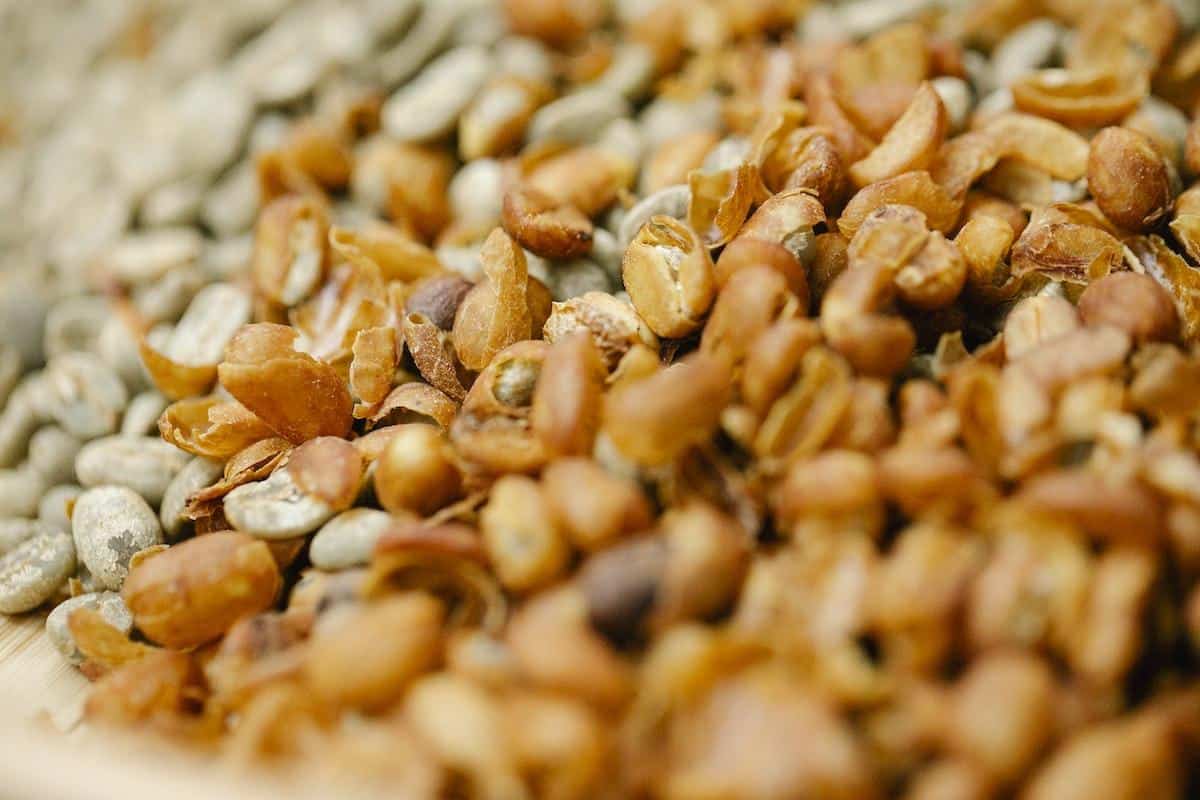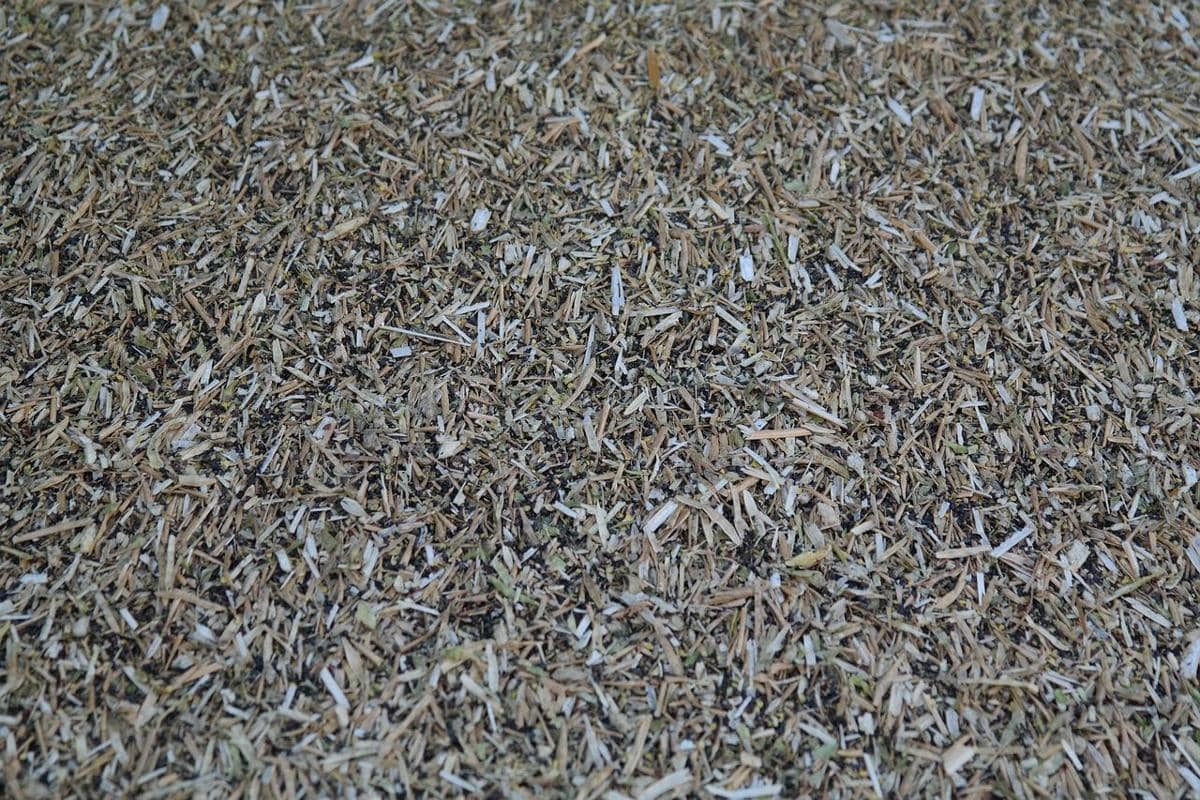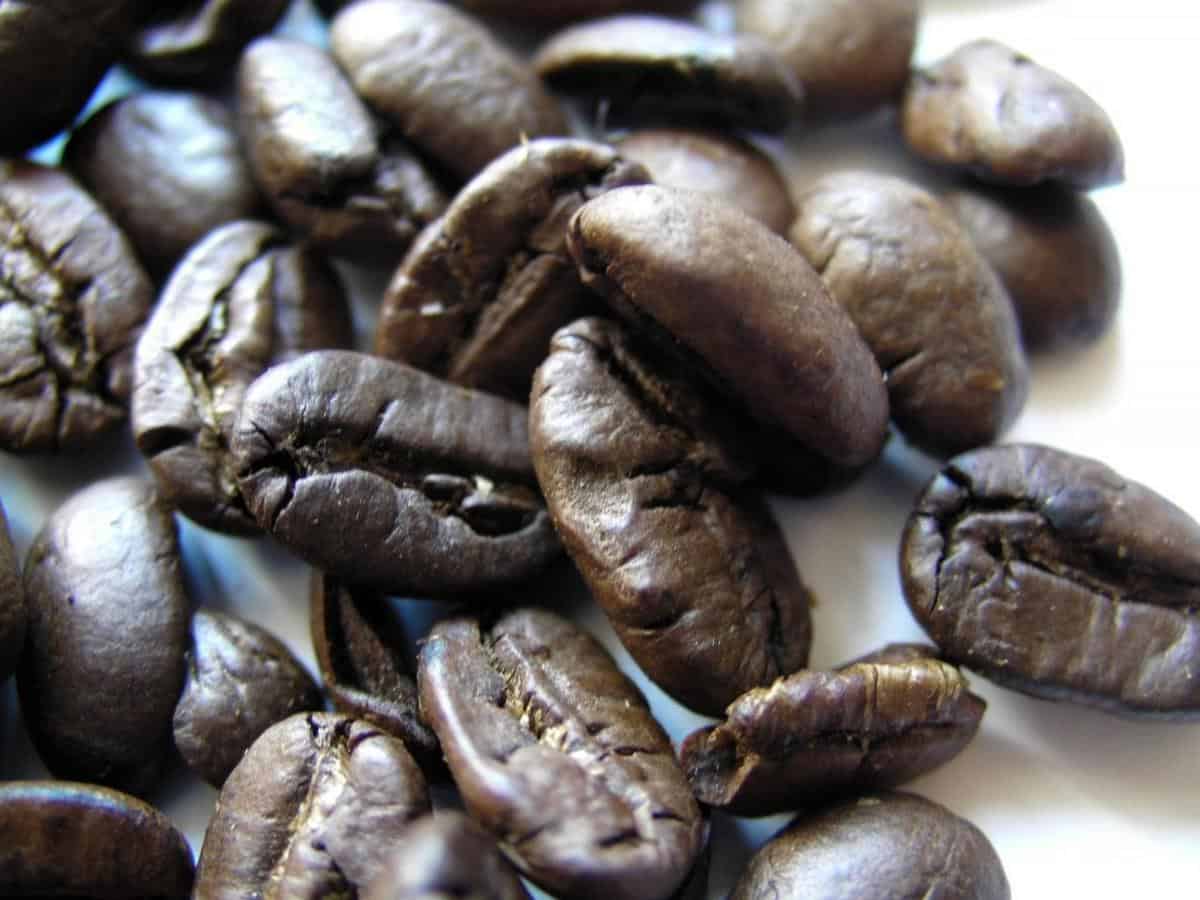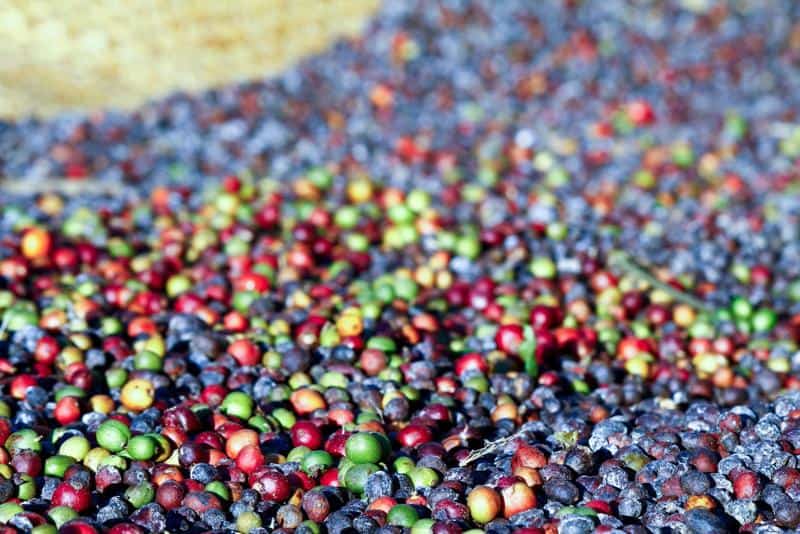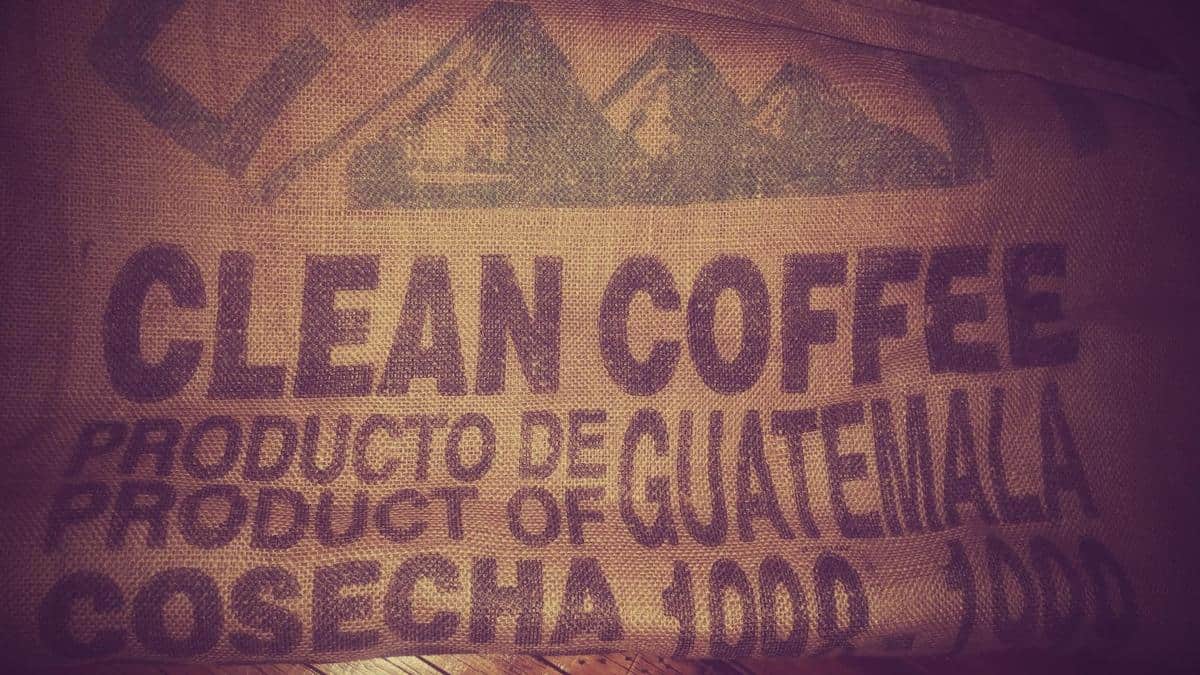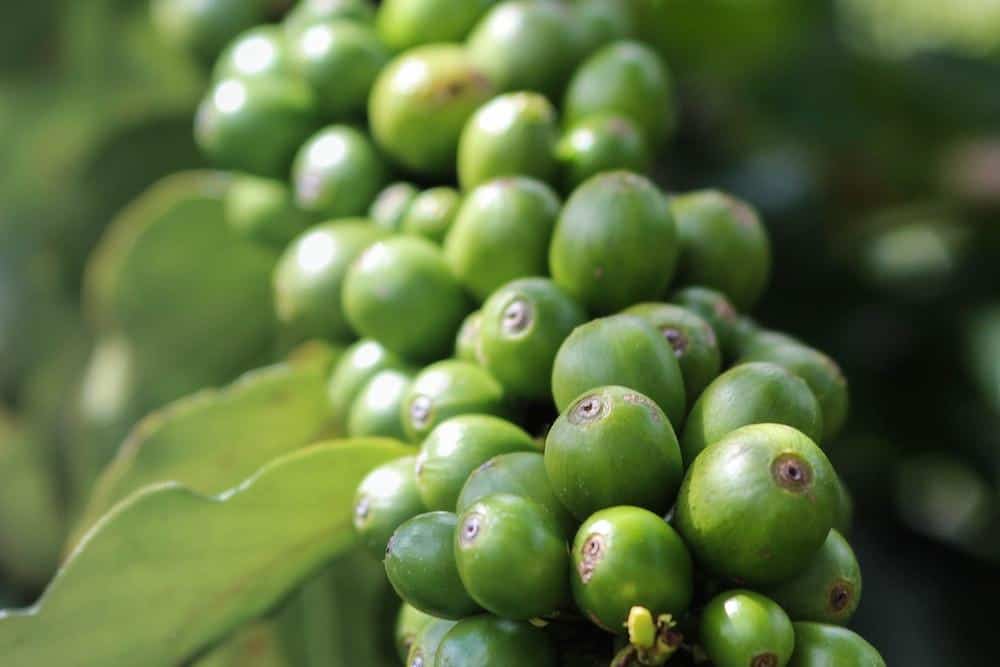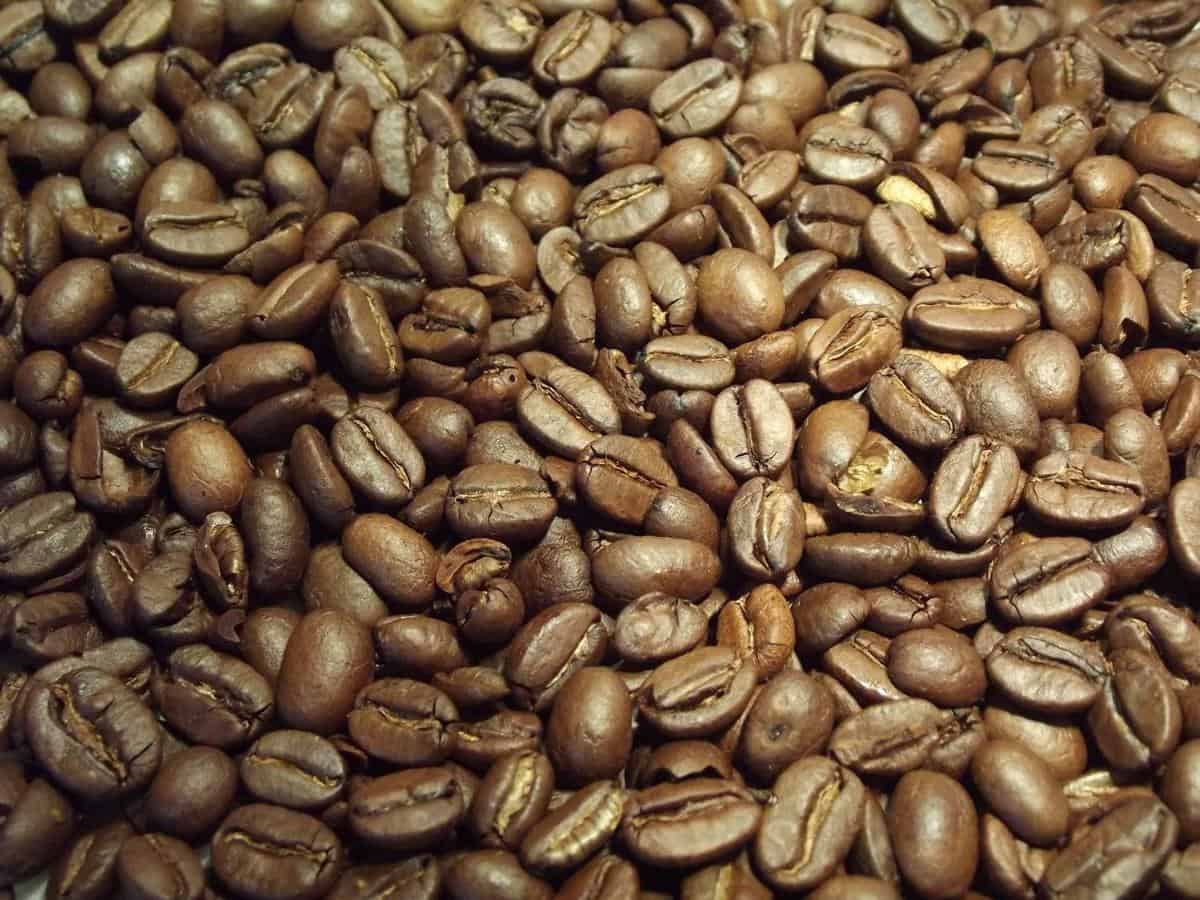Welcome to the intriguing world of coffee chaff, a hidden gem that has long been overlooked in the coffee industry. While many may see it as waste or byproduct, coffee chaff holds incredible potential and benefits waiting to be unleashed. In this article, we delve deep into the unexplored realm of coffee chaff, uncovering its history, composition, environmental impact, and surprising uses.
To truly understand the significance of coffee chaff, we must first grasp its origins and evolution over time. From its discovery to being discarded as waste, coffee chaff has played a dynamic role in the industry. But what exactly is it? Coffee chaff is defined as the thin skin or husk that covers each coffee bean during roasting. It may seem insignificant at first glance, but this seemingly mundane material has captured the attention of countless innovators in recent years.
As we explore further into its varied applications and hidden benefits, it becomes evident that coffee chaff is not just a byproduct to be discarded. Instead, it can be repurposed in ways that contribute to sustainability and innovation. From gardening to skincare products, from composting material to enhancing soil health – coffee chaff offers surprising solutions and possibilities.
Intriguingly enough, there is even an emerging trend in using coffee chaff for alternative espresso brewing techniques. Brewing with coffee chaff brings forth unique flavors and aromas that tantalize the taste buds and elevate the drinking experience. Beyond the cup, we’ll also discover how coffee chaff can step outside traditional boundaries and find its place in culinary creations like breads or desserts.
Throughout this journey into uncharted territory, let us debunk common misconceptions surrounding coffee chaff’s usability while addressing any concerns or doubts you may have. Join us as we embrace this often-overlooked gem and embrace its potential impact on sustainability and innovation. The world of coffee chaff awaits, ready to be explored and harnessed for its invaluable contributions.
A Brief History of Coffee Chaff
Coffee chaff may be a hidden gem in today’s coffee industry, but its history dates back centuries. The story of coffee chaff begins with the discovery of coffee beans themselves. It was soon realized that during the roasting process, a thin, papery outer layer detached from the beans. This layer came to be known as coffee chaff.
In its early days, coffee chaff was mostly seen as waste and was simply discarded without much thought. However, over time, people started recognizing its potential beyond being mere byproduct. In some cultures, it was even gathered and used as fuel for cooking or heating. As advancements were made in agriculture and sustainability practices, the value of coffee chaff began to be understood.
With an increasing awareness of environmental conservation and waste reduction, innovative uses for coffee chaff began to emerge. Coffee chaff has found new purpose as it is repurposed into various products ranging from gardening material to skincare products. The evolution in our understanding of this once-vilified waste product has opened up a whole new world of possibilities.
As the coffee industry continues to grow and evolve, so too does our understanding of coffee chaff. What was once considered waste has now become recognized as a valuable resource that can be utilized in numerous ways. By delving into the rich history behind this unsung hero, we can truly appreciate its journey and explore how it can continue to shape the future of sustainability and innovation within the coffee industry.
Understanding Coffee Chaff
Coffee chaff is an often-overlooked byproduct of the coffee roasting process, but it holds immense potential and value. To truly unleash the power of this hidden gem, it is important to understand what coffee chaff is and how it is obtained during the roasting process.
- Definition: Coffee chaff refers to the dried skin that covers the coffee bean. It is a papery material that peels off during the roasting process and can range in color from pale yellow to light brown. The chaff itself does not contribute to the flavor or quality of the coffee.
- Composition: Coffee chaff consists mainly of cellulose, which gives it its fibrous texture. It also contains small amounts of proteins, lipids, and minerals. Due to its composition, coffee chaff has several potential uses beyond simply being discarded as waste.
- Obtaining Coffee Chaff: During the coffee roasting process, heat causes the moisture inside the coffee beans to evaporate and expand. This leads to a release of pressure that causes the chaff to separate from the bean. After roasting, the beans are cooled and then sorted to remove any remaining chaff before they can be used for brewing.
Now that we have a clearer understanding of what exactly coffee chaff is, we can begin to explore its potential applications and benefits within various industries. From sustainability initiatives to culinary innovation, this seemingly insignificant byproduct has much more to offer than meets the eye. So let’s delve deeper into the possibilities and unlock the hidden potential of coffee chaff.
The Environmental Impact
The Problem of Coffee Chaff Disposal
One of the significant environmental issues related to coffee production is the disposal of coffee chaff. Traditionally, coffee chaff has been considered waste and discarded without much thought. However, this agricultural byproduct presents a unique opportunity for sustainable practices and waste reduction in the coffee industry.
Coffee chaff is composed mainly of the outer layer of the coffee bean that comes off during the roasting process. It is abundantly available and can be found in large quantities in coffee roasteries or at the farms where coffee beans are processed.
Potential for Sustainable Practices
The disposal of coffee chaff can have negative consequences on the environment if it is not managed properly. When dumped in landfills, it takes up space and releases methane gas which contributes to greenhouse gas emissions. However, with growing awareness about sustainability, many individuals and businesses are starting to recognize the potential of coffee chaff as a valuable resource rather than waste.
By repurposing or recycling coffee chaff, it’s possible to reduce its environmental impact significantly while creating new opportunities for innovation. This agricultural waste can be utilized in various ways that promote sustainability. For instance, some companies are beginning to incorporate chaff into packaging materials or creating biofuels from it. These initiatives not only minimize waste but also contribute to a more circular economy.
The Role of Coffee Chaff in Waste Reduction
Utilizing coffee chaff as a sustainable resource helps address two critical concerns: waste reduction and conservation of natural resources. By finding innovative uses for coffee chaff, we can divert it from landfills and decrease the overall demand for raw materials that would otherwise be used in alternative products or production processes.
Furthermore, incorporating coffee chaff into composting systems can enhance soil health and contribute to organic farming practices. As an organic material rich in nitrogen and carbon compounds, it can be an excellent addition to compost piles or vermiculture systems. The resulting nutrient-rich compost can then be used in agriculture or gardening, closing the loop on coffee production and reducing the need for chemical fertilizers.
With increasing efforts to embrace sustainability in various industries, it’s vital to recognize coffee chaff as a sustainable resource with untapped potential. By reimagining its purpose and finding creative ways to repurpose this byproduct, we can contribute to a more environmentally friendly coffee industry while fostering innovation and reducing waste.
Hidden Benefits
Coffee chaff, the outer husk that peels off during the coffee roasting process, may seem like just another waste product. However, this often-overlooked byproduct of coffee production holds hidden benefits and surprising uses that extend far beyond the realm of brewing a cup of joe.
One intriguing way to repurpose coffee chaff is in gardening. Coffee chaff can be used as a mulch or compost material due to its high content of nitrogen and other essential nutrients. When incorporated into the soil, it helps improve fertility, moisture retention, and overall soil health. Additionally, some gardeners have found success in using coffee chaff as a natural weed suppressant or as an ingredient in homemade potting mixes.
Another surprising use of coffee chaff lies in the realm of skincare products. Due to its exfoliating properties and abundance of antioxidants, coffee chaff is finding its way into body scrubs and face masks. These products can help improve blood circulation, reduce inflammation, and remove dead skin cells for a revitalized complexion.
| Application | Description |
|---|---|
| Gardening | Use as mulch or compost material to improve soil health. |
| Skincare | Incorporate into body scrubs or face masks for exfoliation and antioxidant benefits. |
While these are just two examples, the possibilities for utilizing coffee chaff are abundant. From making biofuels to creating biodegradable packaging materials, innovators around the world are exploring ways to harness the potential hidden within this often discarded gem. By recognizing the value of coffee chaff, we can contribute to a more sustainable and resourceful coffee industry while uncovering new realms of creativity.
Brewing Magic
Espresso lovers are always on the hunt for new ways to enhance their brewing techniques and discover unique flavors. One intriguing alternative that has been gaining attention in the coffee world is using coffee chaff as an ingredient in espresso shots. This unconventional method unlocks a whole new realm of taste profiles and aromas, making it an exciting experiment for coffee enthusiasts.
Traditionally, espresso is brewed using finely ground coffee beans packed into a portafilter, where hot water is forced through under high pressure. However, with the emergence of using coffee chaff in espresso brewing, baristas and home brewers alike are starting to explore this unconventional approach.
Coffee chaff refers to the skin or husk of the coffee bean that is shed during the roasting process. Instead of discarding it as waste, some innovative individuals began experimenting with incorporating it into their espresso shots.
What makes using coffee chaff in espresso unique is the distinct flavor and aroma it imparts to the final cup. The chaff’s delicate nature allows for subtle undertones of fruitiness or nuttiness to shine through, creating a complex and layered experience for the palate. Additionally, using coffee chaff can add depth and brightness to the overall flavor profile of the espresso shot, resulting in a well-balanced and satisfying brew.
While this alternative brewing method may not be widely practiced yet, its potential for elevating espresso experiences cannot be overlooked. As more people delve into exploring different facets of coffee preparation, incorporating coffee chaff as an ingredient opens up a whole new avenue for creativity and experimentation. Whether you’re a seasoned barista or an adventurous home brewer, adding some magic to your cup with coffee chaff might just be worth a try.
Beyond the Cup
Coffee Chaff is not just limited to the realm of coffee brewing; it has also found its way into various culinary creations and innovative beverage recipes. The unique qualities and flavors of coffee chaff make it a versatile ingredient that can add a distinct twist to food and drinks. In this section, we will explore the fascinating applications of coffee chaff in the world of food and beverage.
One exciting possibility for using coffee chaff is incorporating it into baking recipes. When added to bread dough or pastry mixes, coffee chaff can impart a subtle nutty flavor and add an interesting texture to baked goods. It can be used in both sweet and savory baked items, offering a unique sensory experience for those who enjoy experimenting with new flavors.
In addition to baking, coffee chaff has been adopted as an ingredient in desserts and confections. It can be infused into creams, ganaches, or ice cream bases to create a subtle coffee undertone that complements the sweetness of the treat. The slight bitterness inherent in coffee chaff can balance out the sweetness, creating a well-rounded flavor profile.
Moreover, mixing coffee chaff with other ingredients like chocolate or nuts can result in delightful snacks or energy bars. This combination not only provides an enjoyable taste but also adds nutritional value with fiber-rich coffee chaff.
To further expand its potential in beverages, coffee chaff can be utilized beyond traditional brewed coffees. In recent years, mixologists and bartenders have started experimenting with using coffee chaff as an ingredient in cocktails. Its distinct flavors and aromas contribute to complex cocktail profiles that capture the essence of both coffee and spirits.
| Food | Beverage |
|---|---|
| Coffee Chaff Bread | Coffee Chaff-infused Cocktails |
| Coffee Chaff Energy Bars | Coffee Chaff Coffee Liqueur |
| Coffee Chaff Chocolate Truffles | Coffee Chaff Smoothies |
Coffee Chaff Myths Busted
Dispelling Myth 1: Coffee Chaff is Useless Waste
One common misconception about coffee chaff is that it is simply useless waste with no practical value. However, this couldn’t be further from the truth. In fact, coffee chaff has a wide range of potential applications and benefits that have been largely untapped until recently.
As we have discussed throughout this article, coffee chaff can be used as a sustainable resource, repurposed in various creative ways, and even incorporated into culinary delights. By shifting our perspective and recognizing the hidden potential of coffee chaff, we can unlock new opportunities for sustainability and innovation in the coffee industry.
Demystifying Myth 2: Coffee Chaff Impacts Coffee Quality
Another common misconception surrounding coffee chaff is that it negatively impacts the quality of coffee beans and the final brew. However, this is not entirely accurate.
While it is true that excessive amounts of chaff can affect the consistency of roasting and potentially lead to undesirable flavors, when used appropriately, coffee chaff can actually enhance the brewing experience. When properly managed during the roasting process, with good ventilation and effective removal mechanisms, any slight presence of chaff does not significantly impact the quality or taste of the final cup of coffee.
Busting Myth 3: Coffee Chaff is Harmful to Health
There is a prevailing myth that consuming or coming into contact with coffee chaff can be harmful to health. This myth stems from concerns about possible contaminants or residues on the chaff. However, proper handling and processing methods ensure that any potential contaminants are effectively removed or rendered harmless before reaching consumers.
In fact, many skincare products have started harnessing the benefits of coffee chaff for its antioxidant properties and exfoliating effects on the skin. As long as appropriate hygiene standards are followed during handling and processing, there are no significant health risks associated with coffee chaff.
By addressing these common misconceptions, we hope to encourage readers to explore the untapped potential and benefits of coffee chaff. It is important to approach coffee chaff with an open mind and recognize its value as a hidden gem in the coffee industry. Whether it’s using it as a sustainable resource, repurposing it in creative ways, or incorporating it into culinary innovations, coffee chaff offers endless possibilities for sustainability and innovation.
So next time you enjoy your cup of coffee, take a moment to appreciate the power that lies within this seemingly insignificant byproduct. Embrace the hidden gem of coffee chaff and embrace a more sustainable and innovative future in the world of coffee.
Conclusion
In conclusion, coffee chaff is truly a hidden gem in the coffee industry. As we have discovered throughout this article, it holds immense potential and benefits that have long been overlooked. From its origins as waste to its evolution as a valuable resource, coffee chaff has come a long way.
One of the most significant aspects of coffee chaff is its positive environmental impact. The disposal of coffee chaff can have detrimental effects on the environment if not properly managed.
However, by embracing it as a sustainable resource, we can mitigate these harms and find innovative ways to reduce waste. Whether it be repurposing it in gardening or skincare products or using it as composting material for improved soil health, there are countless possibilities for harnessing the power of coffee chaff.
Moreover, coffee chaff has also found its way into our cups and plates. As an alternative espresso shot or an ingredient in culinary creations such as bread and desserts, it brings unique flavors and aromas that tantalize our taste buds. By incorporating coffee chaff into beverages and food products, we can add a distinct twist to traditional favorites and explore new realms of gastronomic innovation.
Frequently Asked Questions
What is coffee chaff?
Coffee chaff refers to the lightweight, husk-like material that surrounds the coffee bean during the roasting process. It is a byproduct of coffee production and is sometimes described as the “skin” of the coffee bean.
What is coffee chaff good for?
Coffee chaff has several potential uses and benefits. One common application is as a fuel source for heating systems or even for cooking purposes, as it burns readily.
Additionally, it can be used as mulch to retain moisture in soil and suppress weed growth in gardens or landscaping. Some coffee enthusiasts also experiment with using coffee chaff in specialty craft projects, like making homemade paper.
Can you use coffee chaff in the garden?
Yes, coffee chaff can be used in the garden to improve soil quality and aid plant growth. When spread as a layer of mulch around plants, it helps retain moisture levels in the soil by reducing evaporation, which can be particularly beneficial during dry periods.
Furthermore, it slowly breaks down over time and contributes organic matter to the soil, enhancing its fertility and structure.
Can you add coffee chaff to compost?
Absolutely! Coffee chaff can be a valuable addition to compost piles or bins. Its lightweight nature helps with aeration within the compost pile, promoting decomposition processes such as bacterial activity and heat generation. As coffee chaff breaks down, it provides important carbon content to balance out nitrogen-rich materials such as food scraps or grass clippings.
What does coffee chaff taste like?
Coffee chaff itself does not have a distinct flavor like roasted coffee beans do after brewing. While some people may describe it as slightly nutty or woody in taste, others might find it rather bland or unremarkable on its own.
Nevertheless, when used for fuel purposes, such as in specialized coffee roasting equipment called fluid bed roasters, there may be some aroma released from the burning chaff that could potentially influence flavors in roasted beans during the process.



